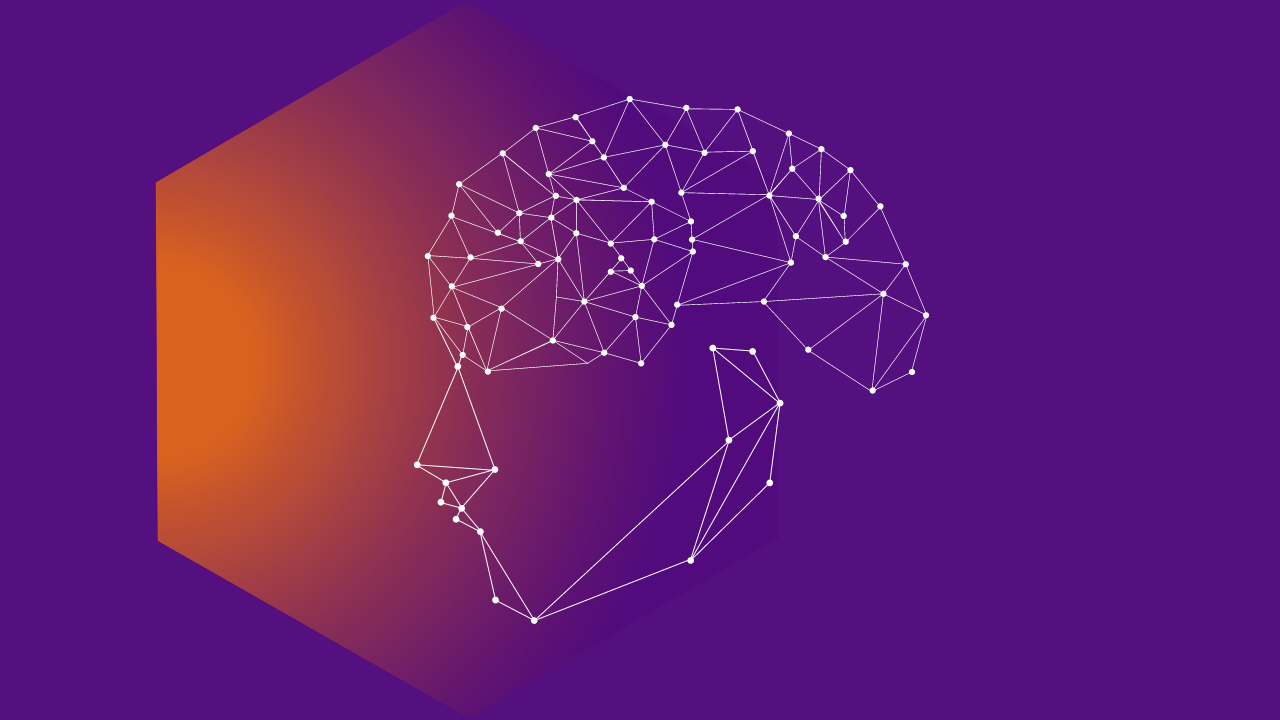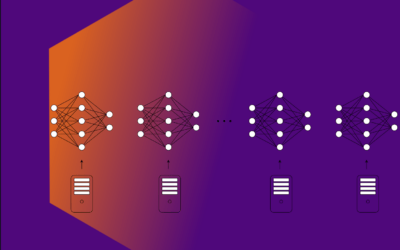Are you curious about the future of computing and how it may revolutionize the way we process information? The limits of traditional computing technologies have motivated the emergence of a new field: neuromorphic computing, which aims to mimic the human brain’s structure and function.
This paper will give you an introduction to the topic, exploring why new computing systems are needed and what technologies are currently available in the field of neuromorphic computing. It begins by discussing the problems of traditional computing and proceeds to provide a general overview of neuromorphic systems. The paper then delves into the main technologies being developed, including neuromorphic-style computing on traditional hardware, as well as specialized hardware such as neuromorphic chips and photonic systems, while also discussing their respective advantages and disadvantages. Finally, the paper concludes by summarizing the main points and offering a glimpse into the future of this exciting field.
Spoiler Alert: Traditional computing systems are limited and there is a need for new solutions, with neuromorphic hardware being a highly promising option. Both neuromorphic chips and photonic systems are key contenders, each with their own benefits and drawbacks. While it is unclear which technology will dominate, the computing revolution behind their development is already underway.
Good to know:
- the basics of machine learning and artificial neural networks
Course:
Neuroinformatics – Literature review for Neuromorphic Computing taught by Dr. Daniel Brunner. WT 2022/23
 Loading...
Loading...

Benedikt Jung
“As a student of Cognitive Science, I am super into AI and neuromorphic computing caught my attention. It is fascinating because it is trying to build computing systems that work like our brains, leading to more efficient and versatile technology. Plus, it has potential to bring advancements in robotics, autonomous systems, and ML. I cannot wait to see where this field goes!”

Maximilian Kalcher
“I am interested in the future of tailored computing for artificial neural networks.”

Merlin Marinova

Piper Powell
“I am interested in neuromorphic computing because I believe these platforms will provide a basis for a new era of technologies that are more adaptable and efficient. My specific interest in these technologies comes from their potential suitability in technologies designed to translate neurological data related to imagined scenes into data that can be displayed via digitial screens or other technologies. Such a technology would allow the sharing of imagination even in cases where a person lacks artistic training, and could also allow for new methods of communication that could potentially overcome barriers ranging from language to some forms of neurological damage.”





